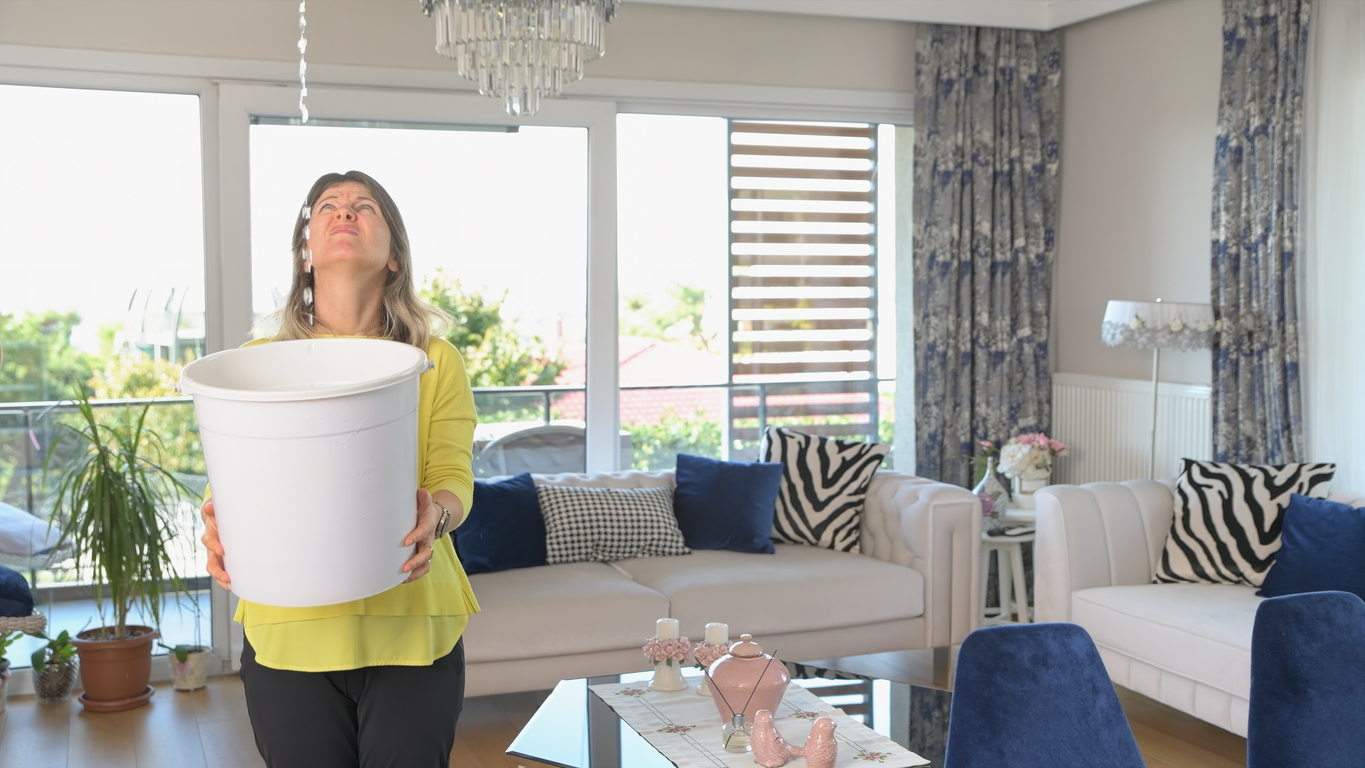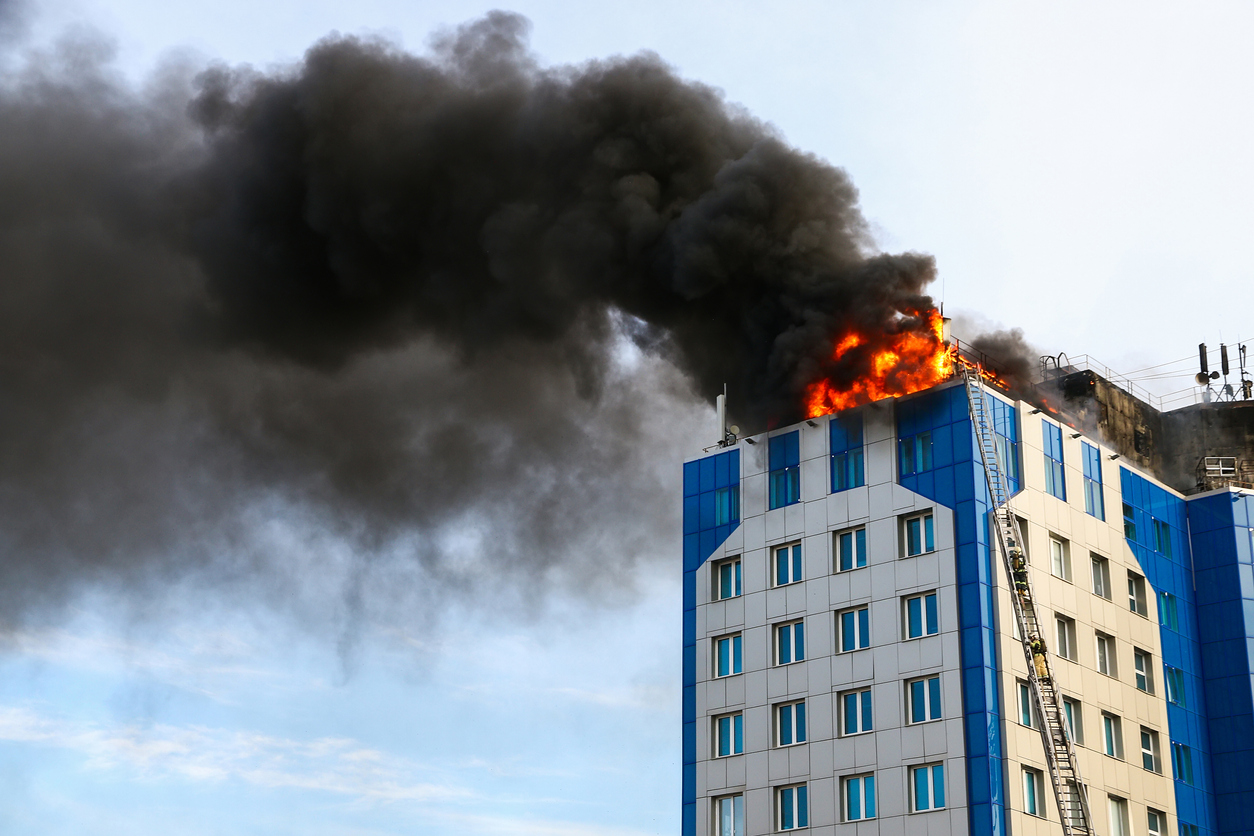Diane Swerling knows condos. She lives in one and she has handled every imaginable type of insurance claim involving condo buildings. Anytime an in-the-know condo association has serious property damage, they retain Diane as their public adjuster. She loves handling these claims and delivering industry-leading results.
On occasion, however, Diane must be the bearer of bad news – usually because of gaps between the coverage provided by the condo association’s Master Policy and the individual policies taken out by condo unit owners. How does this happen? Let’s look at an example to find out – and hopefully to help condo unit owners avoid this painful situation.
Think of a gorgeous, brand new condo building – maybe it’s six stories high. The unit owners on the very top floor do something careless – leave something burning, for example, or misuse a gas fireplace – and it sets off the building’s sprinkler system. Water from the sprinklers douses the entire top floor – an absolute deluge of water. This top floor water then seeps down to every lower floor. This results in severe water damage to every condo unit in this brand-new building.
The question – who is to blame?
As public adjusters, we can represent either the Master Policy or individual unit owners – and sometimes, we might represent both. When we represent the Master Policy, we deal with the carrier of the first-party insurance policy that’s in place for this claim. If the Master Policy is written on an ‘all-in’ basis, it covers all building items – including “improvements and betterments” made by unit owners. Examples of these would be added built-ins, upgraded hardwood floors, and custom wallpaper – those types of improvements would be covered.
In addition to the complexity of these claims, oftentimes the association doesn’t act as quickly as we would like. It might take weeks for the public adjuster to be hired. As you can imagine, frustration on the part of unit owners ramps up very quickly – especially if they don’t see progress happening on their insurance claims.
Even if a water remediation company gets hired to extract the water from the building, the unit owners can be nervous about unseen damage (possibly mold) in their brand-new units. The remediation company might express concern about water seeping under floor tiles. At the same time, the building consultant – who is hired by the insurance carrier – believes they are fine and should be left alone. One of the things Diane emphasizes in these instances is the critical importance of working out these complicated issues and getting the claim back on track. She wants to make sure the claim encompasses all damages.
Then we get to the real challenge. Each of the unit owners has hopefully purchased their own HO-6 insurance policy. These policies are separate and distinct from the Master Policy, covering personal property, loss of use (which is additional living expenses), and other important individual coverages.
All too often, this is where Diane learns that many unit owners don’t have enough loss of use coverage. The typical amount they have is $20K, which might seem like a lot, but it really isn’t. After all, when it’s been more than a month since the loss occurred and a claim hasn’t even been submitted, you’re going to be waiting. You have to submit the claim, receive an offer, negotiate – and then the repairs must take place. Add it all up, and these unit owners are going to be staying at a hotel or leasing an apartment for months. They must still pay their mortgages during the period of restoration, of course – not to mention paying the going rates in what might be an expensive area, renting furniture, etc. Costs soar very quickly – especially in a place like Boston – and $20K will only get you so far.
The problem is that most unit owners – as insureds – lack knowledge about the proper coverage they need. If they had the proper amounts, there would be less pressure. Instead, there’s building-wide tension. The property management team, the board, other unit owners – they could be stressed and upset. The other unit owners could be upset because they didn’t cause the damage, but still have to deal with the costs and inconvenience. What they don’t understand is that this doesn’t matter in the eyes of the insurance carrier. If there is no negligence, they are responsible for the damage to their personal property, their additional living coverage or loss of use coverage and their portion of the master policy’s deductible. These are just part of the risks of condo living.
The key, according to Diane, is to mitigate that risk. How? Get proper coverage for yourself. It’s short money to get good loss of use coverage. Work with your insurance agent. Typically, the insurance agent for the Master Policy sends out an annual letter via the Board to all unit owners. This letter should explain what’s covered under the Master Policy. If you ask Diane, she’ll tell you that this letter needs to be detailed, comprehensive, and should clearly lay out what’s covered, what’s not covered, and the recommended amounts of insurance each unit owner should have on their HO-6 policies to fill in the gaps. Keep in mind that these coverages should be for a major claim – a catastrophe where people might lose all of their personal property and end up living elsewhere for a year or more. People should always be carrying enough insurance for the worst-case scenario.
If unit owners pay attention and take the necessary steps to protect their most valuable assets, then hopefully Diane won’t have to be the bearer of bad news and have to inform unit owners that – whether a loss originated in their unit or not – they don’t have coverage through the Master Policy for their personal property and their additional living expenses. Diane is always happy to come talk to condo communities about this important topic to ensure that people are armed with the information they need. She will make sure unit owners understand how condo insurance works, and who is responsible for what and why.




